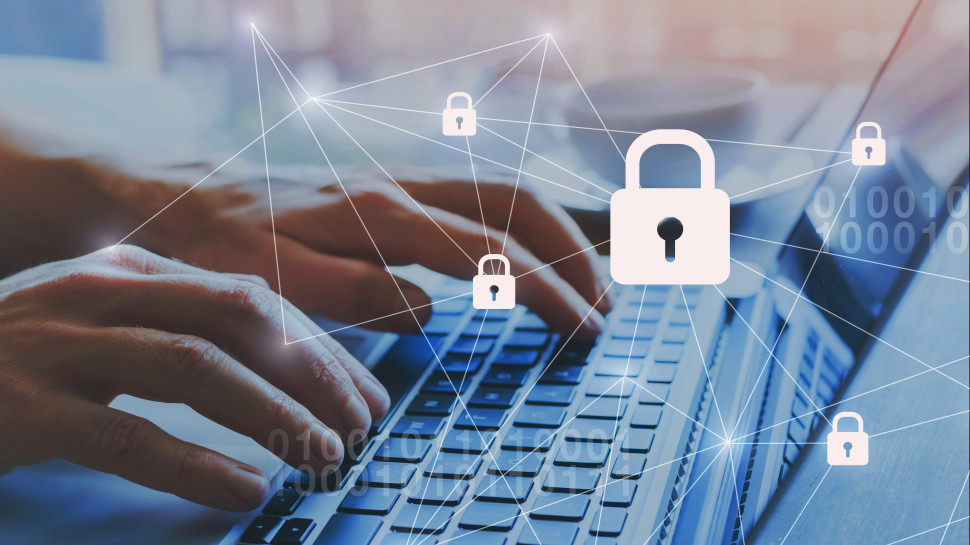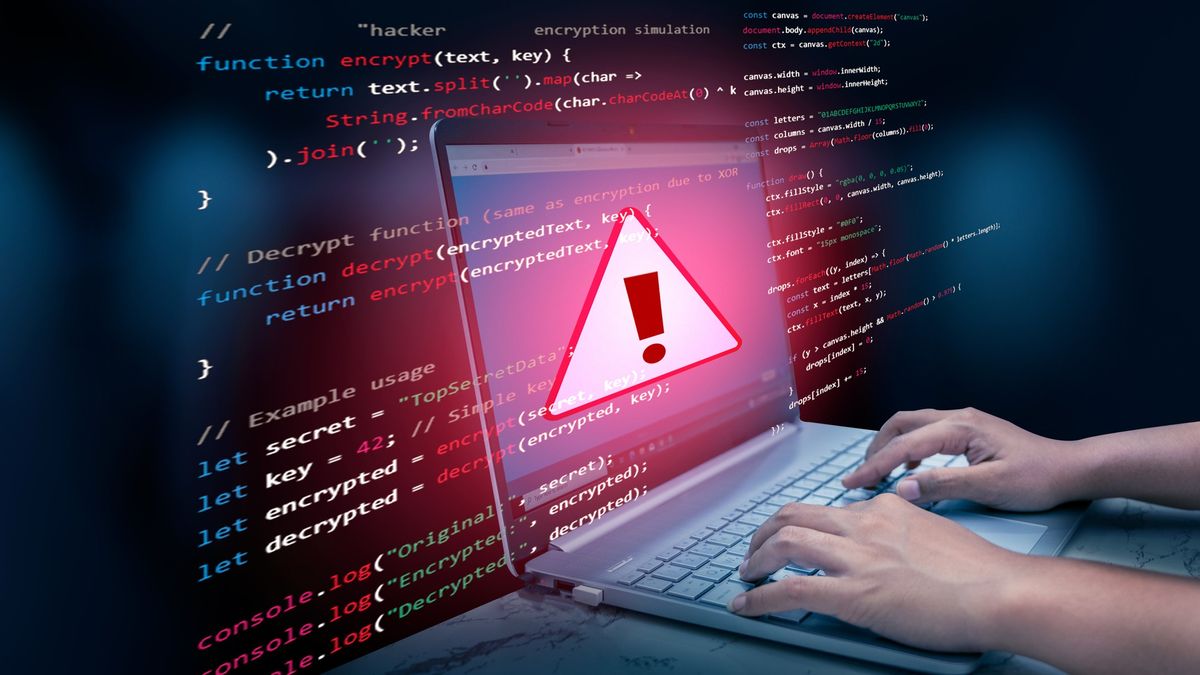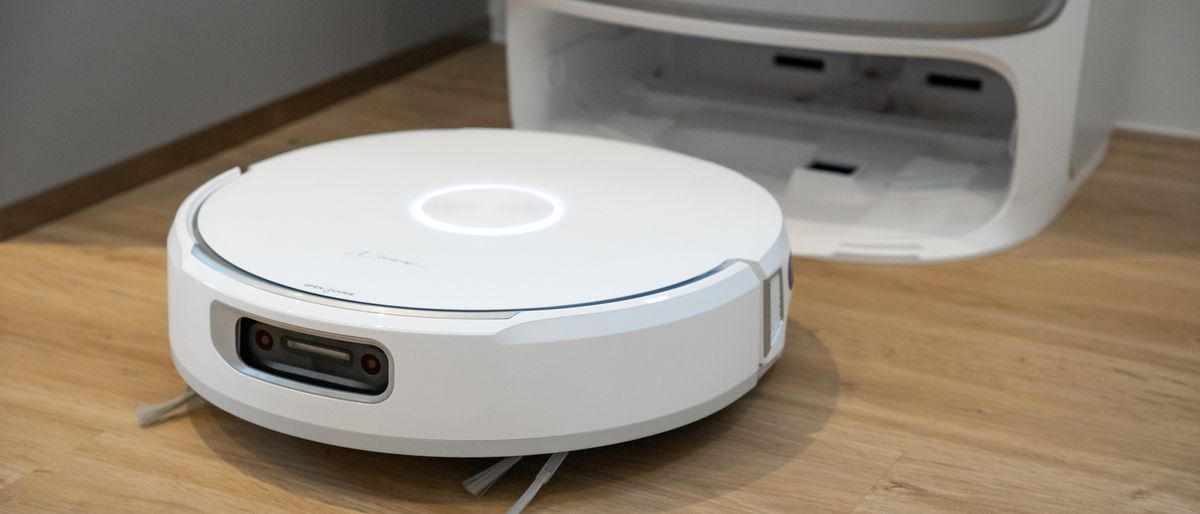- BYOD is here, whether companies like it or not
- IT teams lack visibility across all company and worker devices
- Zero trust principles limit the damage potential, yet few companies are there yet
With ransomware and other cyberattacks dominating headlines globally, new Ivanti research claims BYOD policies really aren’t helping.
Assessing the state of BYOD, Ivanti found that 44% use personal phones for work and 32% use their own personal computers. Three in four IT workers agreed BYOD is common, whether their organization allows it or not.
Only half (52%) of organizations officially allow it, and where BYOD is banned, four in five (78%) workers still do it, adding to the cyber risks that companies are already battling with.
BYOD weakens your cybersecurity posture
With an amalgamation of BYOD, edge and cloud computing comprising many organizations’ portfolios, 38% of IT professionals admit they lack sufficient data about devices on their networks – a fact that’s more pronounced among shadow IT (45%).
Apart from personal devices, 40% of edge devices like IoT sensors, cameras and other remote equipment are unmanaged. Ivanti’s research found that 90% of ransomware attacks start with an unmanaged device.
Field CISO and Network Security Group SVP Mike Riemer highlighted the benefits of staying on top of upgrades and implementing least privilege access to limit potential damages from cyberattacks.
Ivanti’s report also explored zero trust principles in cybersecurity, noting threats can come from both inside and outside of an organization. Four fifths (79%) of IT professionals agree that stronger access controls are vital, but at the moment only around one in three use zero-trust network access (34%) and privileged access management (30%).
Although VPN usage (62%) and MFA (58%) adoption are reasonably widespread, it’s clear that further work could be done to ensure maximum protection against threats.
“IT and security leaders should focus on taking inventory of all IT assets and bringing them under management,” Ivanti Chief Security Officer Daniel Spicer concluded.
Follow TechRadar on Google News and add us as a preferred source to get our expert news, reviews, and opinion in your feeds. Make sure to click the Follow button!
And of course you can also follow TechRadar on TikTok for news, reviews, unboxings in video form, and get regular updates from us on WhatsApp too.
You might also like
- Check out the best endpoint protection software
- Need some guidance? We’ve listed the best zero trust network access solutions
- BYOD in the hybrid era: rethinking “bring your own device” policies for a secure, flexible workplace









 English (US) ·
English (US) ·